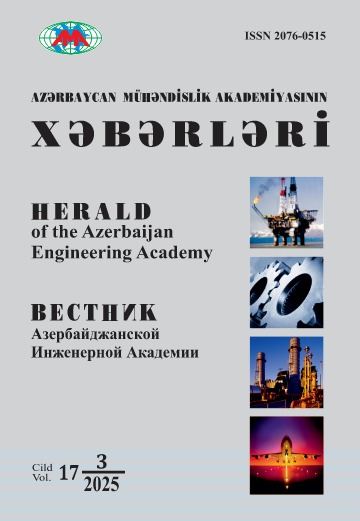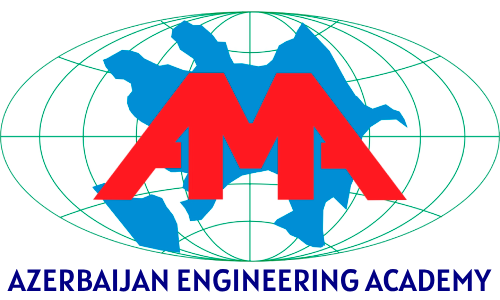Launching Satellites for Earth Radiation Monitoring using Low-Thrust Engines
DOI:
https://doi.org/10.52171/2076-0515_2023_15_01_16_25Keywords:
low thrust, electric propulsion engine, orbital analysisAbstract
This article studies various scenarios of the launch of satellites using an electric propulsion system into predetermined orbits for the purpose of study of the Earth's radiation belts. The parameters of various scenarios of the group satellite launch are calculated – considering both the form of ridershare launch of a satellite and the clustered launch of two satellites into specified elliptical orbits for the Earth radiation monitoring. The satellite launch scheme assumes successive delivery of satellites with the help of a space tug, previously launched into a base circular orbit and equipped with an electric rocket propulsion system. The problem of the spacecraft flight trajectory optimization with low thrust under the condition of minimization of the flight time is solved using the maximum principle of Pontryagin. Using the modified Newton’s method, the boundary value problem is transformed to the Cauchy problem, the solution of which is found by numerical integration of a system of ordinary differential equations. The results obtained demonstrate the technical feasibility of the problem of satellites launch into specified orbits using low-thrust engines.
Downloads
Published
How to Cite
Issue
Section
License

This work is licensed under a Creative Commons Attribution-NonCommercial 4.0 International License.



